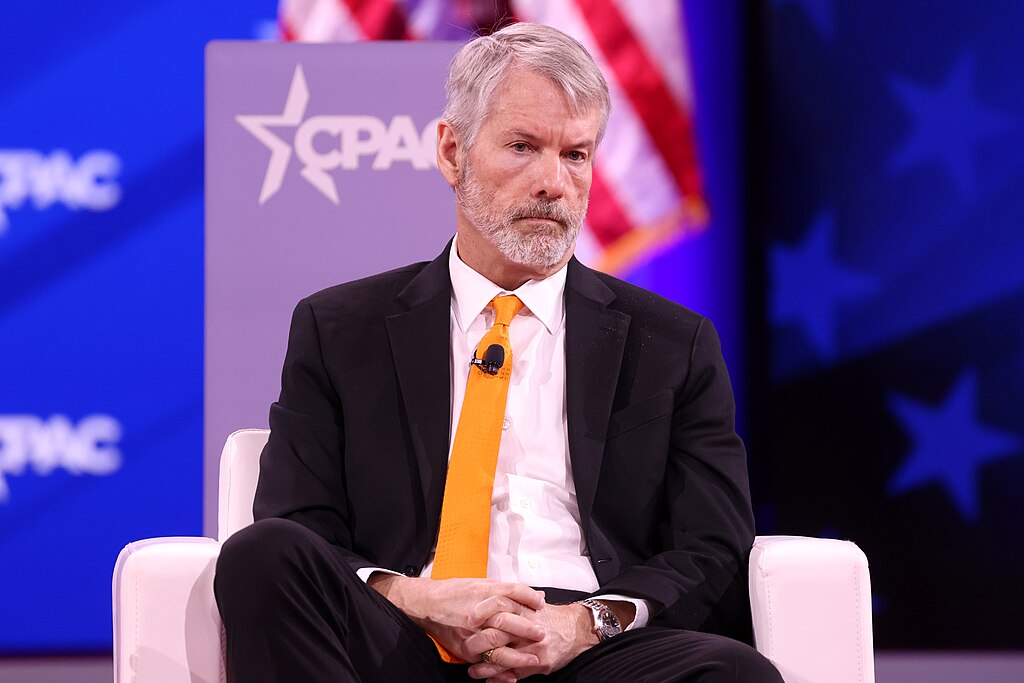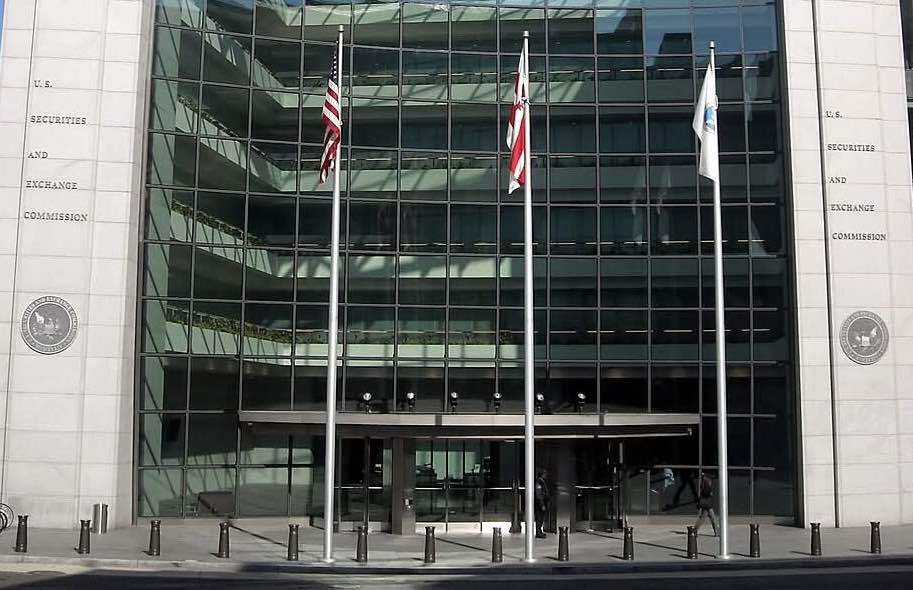Some crypto investors prefer stablecoins, such as Tether (USDT) and USD Coin (USDC), over their Bitcoin (BTC) and Ether (ETH) as they promise lesser price volatility as the former are backed by more stable assets such as fiat. However, Hong Kong’s financial watchdog recently expressed its concerns over the rising popularity of stablecoins as they could undermine local currencies.
While governments worldwide are in various stages of developing their own central bank digital currencies (CBDCs) in response to the rising popularity of stablecoins, the Hong Kong Monetary Authority (HKMA) warned that developments in the private sector could eventually give rise to a popular stablecoin. “With continued developments in stablecoins, it cannot be ruled out that a popular stablecoin may eventually emerge,” the HKMA said in its recently released “e-HKD: A Policy and Design Perspective” discussion paper, according to Cointelegraph.
This could lead to the possibility of the popular stablecoin undermining the local currency. “In a scenario where the use of these stablecoins becomes widespread […] the role of the domestic currency as the single unit of account could be undermined,” the regulator added.
The HKMA highlighted some of the potential risks of such a scenario. For instance, stablecoins could enable easier capital flight in a financial crisis undermining a central bank’s control over the economy or undermine payment integrity due to financial or operational failures.
While the two most popular currencies, Bitcoin (BTC) and Ether (ETH), have been getting a lot of media attention for posting massive gains and new all-time highs last year, stablecoins have been steadily inching higher as well. For instance, Tether (USDT) is now the third-largest crypto with a market cap of $83 billion while USD Coin (USDC) is now at the fifth spot with a market cap of $72.7 billion, according to Coinmarketcap data.
HKMA’s discussion paper is also asking for views from players in the crypto industry and the public on key policy and design issues for a retail central bank digital currency rCBDC. “We strongly encourage the public and the industry to take part in this important consultation and share their views with us,” Mr. Eddie Yue, Chief Executive of the HKMA, said. “The comments received would help us formulate the strategy for best positioning our financial market in the rapidly evolving rCBDC space.”
The first part of HKMA’s e-HKD study, which was published last year, focused on the technical aspects of issuing a CBDC such as design options of its issuance and distribution. The study is now on its second part and focuses on other issues such as potential benefits and challenges, issuance mechanism, interoperability with other payment systems, privacy, and legal considerations.
























Comment 14